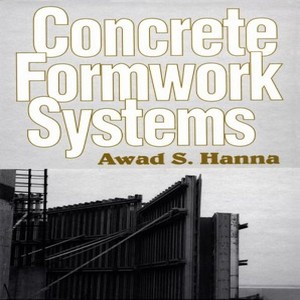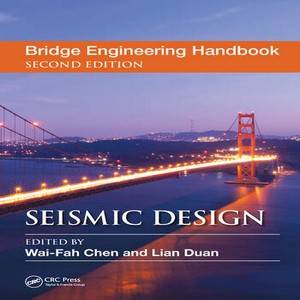Concrete formwork systems
Formwork development has paralleled the growth of concrete construction throughout the 20th century. In the last several decades formwork technology has become increasingly important in reducing overall costs, since the structural frame constitutes a large portion of the cost of a formwork system discussed in Concrete formwork systems.
Concrete formwork systems has three objectives. The first is to provide technical descriptions and evaluations of ten formwork systems that are currently used in concrete construction. The second is to serve as a tool to assist contractors in selecting the optimal formwork system. The third is to present the design criteria for conventional formwork for slabs and walls using the stress and the stress modification factors provided by the National Design Specifications (NDS) and the American Plywood Association (APA).
Following a comprehensive introductory chapter, five types of formwork systems for concrete slabs are presented in chapters 2–5. These are conventional wood forms, conventional metal forms, flying forms, the column-mounted shoring system, and tunnel forms. The last four chapters of Concrete formwork systems describe five types of formwork systems for concrete columns and walls: conventional wood forms, ganged forms, jump forms, slip forms, and self-raising forms. Particular consideration is given to topics such as system components, typical work cycles, productivity, and the advantages and disadvantages associated with the use of various systems.





Reviews
There are no reviews yet.